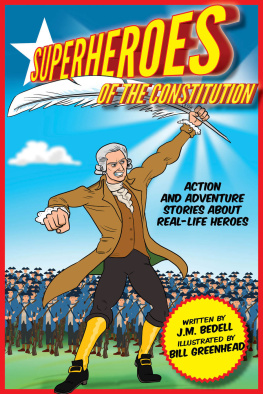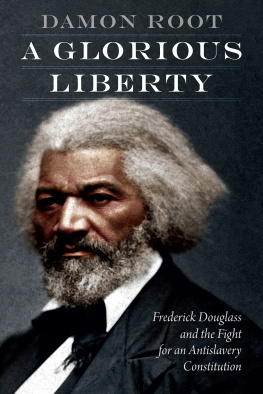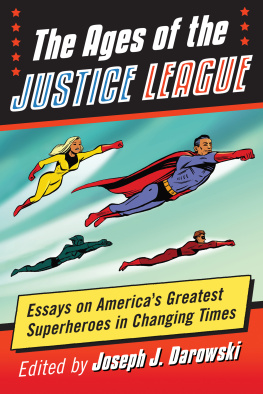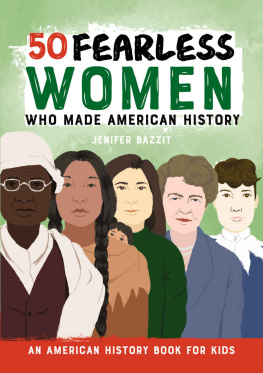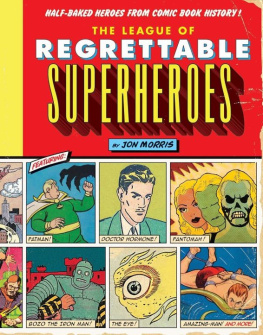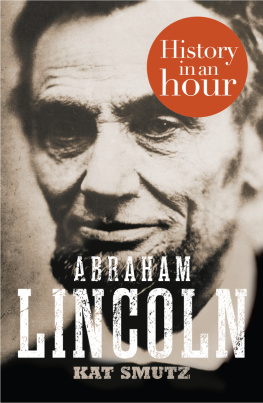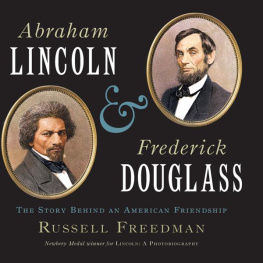


Copyright 2017, 2022 by Hollan Publishing, Inc.
All rights reserved. No part of this book may be reproduced in any manner without the express written consent of the publisher, except in the case of brief excerpts in critical reviews or articles. All inquiries should be addressed to Racehorse for Young Readers, 307 West 36th Street, 11th Floor, New York, NY 10018.
Racehorse for Young Readers books may be purchased in bulk at special discounts for sales promotion, corporate gifts, fund-raising, or educational purposes. Special editions can also be created to specifications. For details, contact the Special Sales Department, Skyhorse Publishing, 307 West 36th Street, 11th Floor, New York, NY 10018 or .
Racehorse for Young Readers is a pending trademark of Skyhorse Publishing, Inc., a Delaware corporation.
Visit our website at www.skyhorsepublishing.com.
10 9 8 7 6 5 4 3 2 1
Library of Congress Cataloging-in-Publication Data is available on file.
Cover design by Kai Texel
Cover and interior artwork: Bill Greenhead
ISBN: 978-1-5107-6777-5
eISBN: 978-1-63158-712-2
Printed in China
This book was previously published as Superheroes of the Constitution (ISBN: 978-1-63158-233-2)
CONTENTS

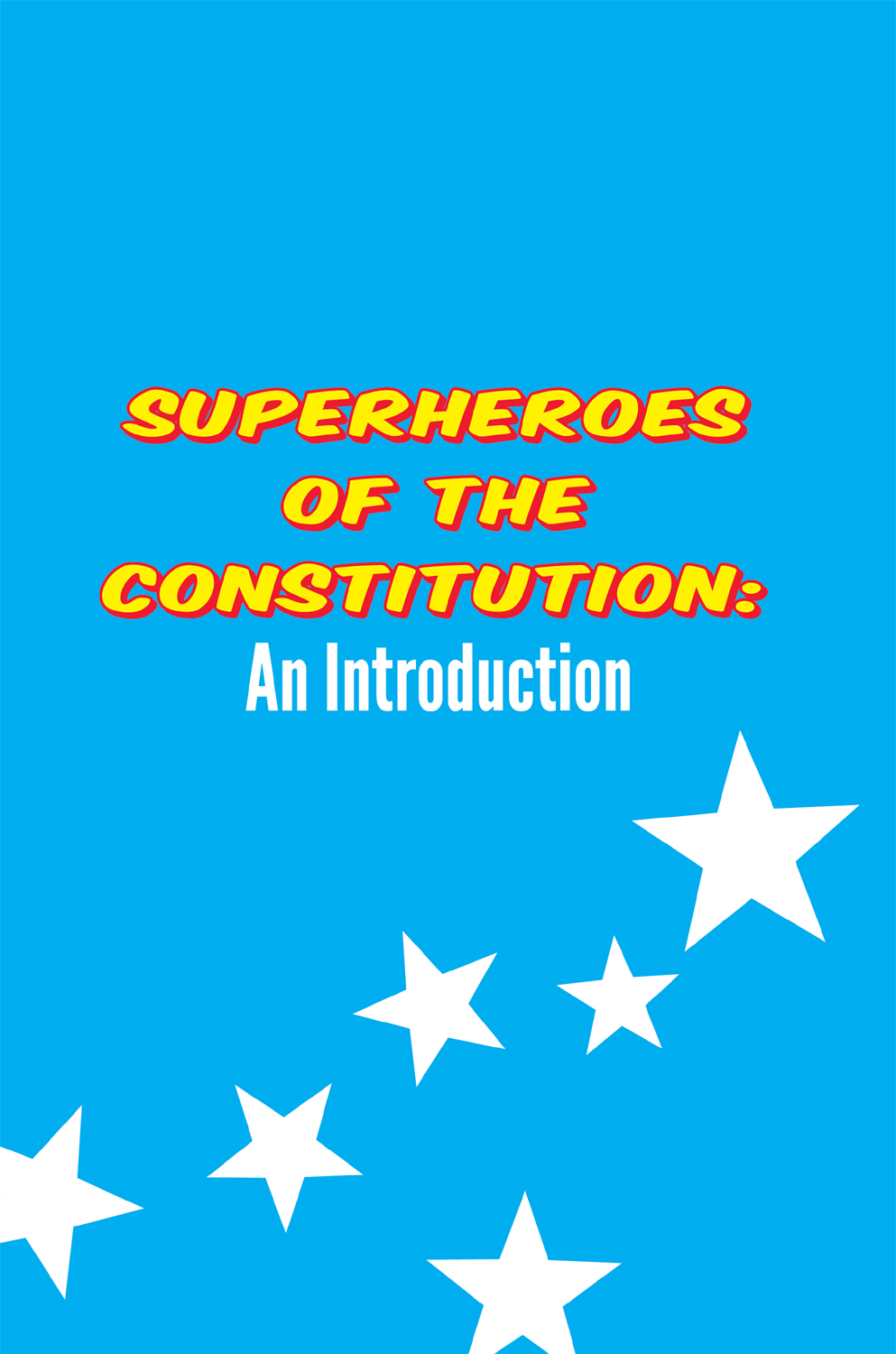

T he Constitution of the United States of America was an experiment. No one knew whether it would fail or succeed. Could the people govern themselves without a king? Could thirteen separate colonies join and form a new nation? Could one Constitution set the rule of law for everyone and for all time? A lot of people said no.
But a whole lot more, including the ones you will meet in this book, said yes! And they set out to prove it. They risked their lives, the lives of their families, and everything they owned. None thought the cost too high, if, when the fight was over, they could live free.
The Constitution was designed to be the foundation for all law in the United States. It established how the government would function and what it could and could not do. It also recognized the rights of individuals and made sure no one could take those rights away.
There were times when the people wanted to change the Constitution. To do it, they had to get an amendment (correction) passed. That process wasnt easy. But it was designed that way. If it were easy, then a small number of people could force their will onto others. It takes the will of a lot of people to pass an amendment through both houses of Congress and get it ratified (approved) by three-fourths of the states.

Less than one hundred years after the Constitution was written, it was tested to its limits. The Civil War was tearing the nation apart. President Abraham Lincoln wondered whether the nation could survive. On November 19, 1863, on the battlefield at Gettysburg, he said,
Four score and seven years ago our fathers brought forth on this continent, a new nation, conceived in Liberty, and dedicated to the proposition that all men are created equal [and] we here highly resolve that this nation, under God, shall have a new birth of freedomand that government of the people, by the people, for the people, shall not perish from the earth.
The nation did survive. It grew and changed, and the Constitution grew and changed with it. The men and women in this book are superheroes. They rose to the challenge of building a free nation and faced the injustices of their time. Their sacrifices and the sacrifices of hundreds of thousands more are what continue to make the United States of America a more perfect union!

Since the Constitution was first written, it has been amended twenty-seven times.


T he story of our Constitution begins when our nation was made up of thirteen colonies. We lived under the rule of King George III of Great Britain and his parliament (government). In the mid-1700s, Great Britain tried to collect more money from the colonies. They did it by putting new taxes on things like paper, sugar, and tea.
The colonists got mad, and they refused to pay. One day in 1773, Samuel Adams and his Sons of Liberty organization boarded three ships in Boston Harbor. They threw 342 chests of tea overboard. The colonists celebrated what was later called the Boston Tea Party. But the king didnt think it was funny. He punished the colonies by issuing new, stricter laws, what many came to call the Intolerable Acts. When the colonists complained, he refused to listen.
FIRST CONTINENTAL CONGRESSSEPTEMBER 5 TO OCTOBER 26, 1774
In 1774, the leaders of the colonies decided it was time to take a stand. Each colony sent their best men to Carpenters Hall in Philadelphia to form the First Continental Congress. Their plan was to ask the king to change his mind and end the new laws and taxes.
One of the men who attended that Congress was Patrick Henry from Virginia. He wanted the colonies to revolt against the king, and he was good at stirring up emotions!

Colonists threw tea overboard to protest the Kings taxes.

PATRICK HENRY
(17361799)
Voice of the Revolution

P atrick Henry was born in in Virginia. He went to school for a while, but finished his education with a tutor at home.
He married Sarah Shelton and they lived on a three-hundred-acre farm that was a gift from Sarahs father. When the farm failed, Henry became a lawyer. He earned a reputation for being a powerful speaker. He argued that only the colonies, not the king or the parliament, had the right to collect taxes from the people. The words he spoke and the strength of his belief stirred discontent among the colonists. He quickly became a leader of the protests against British rule.
As a child, Patrick Henry enjoyed playing the fiddle and the flute.
Next page

